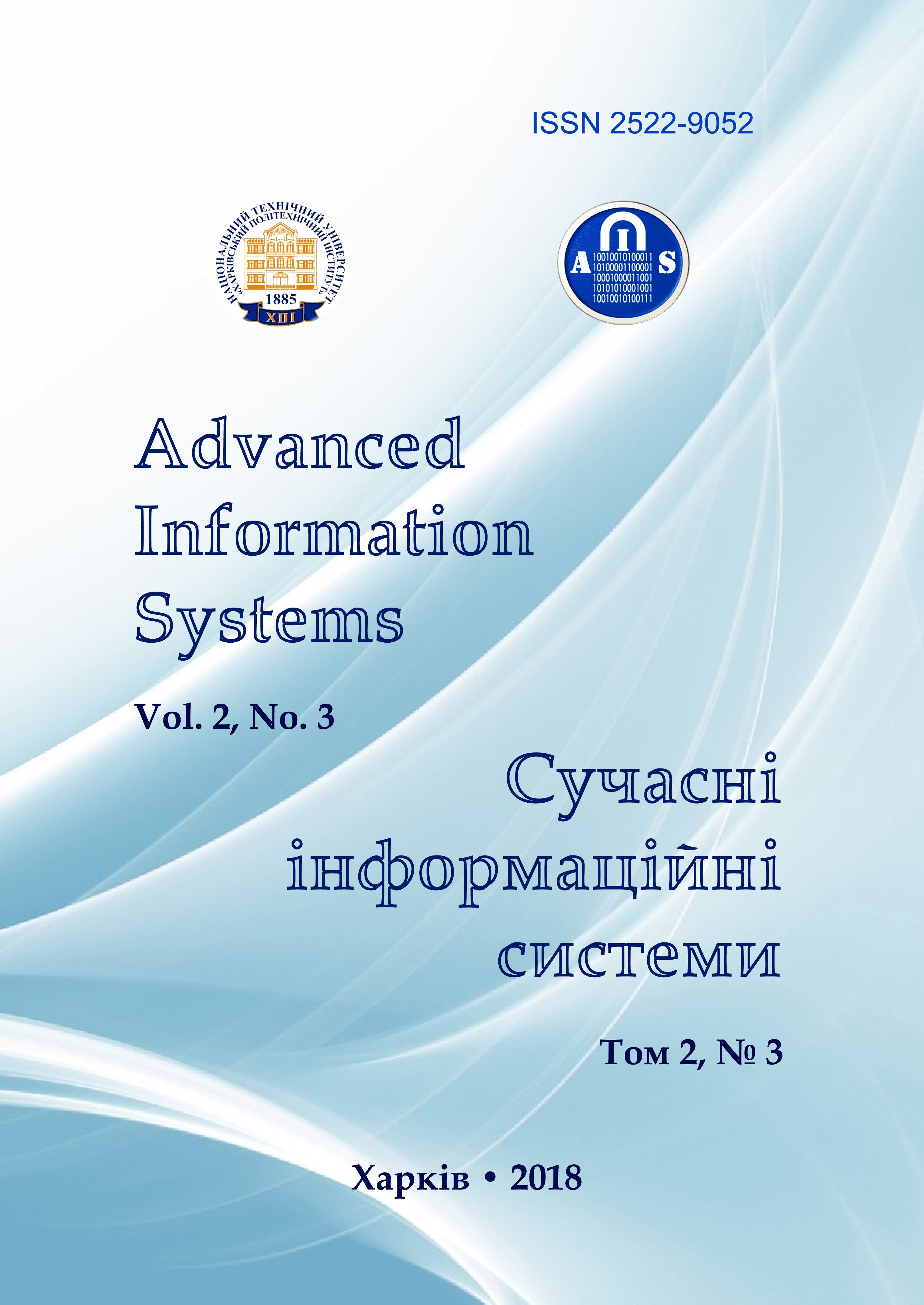METHOD OF DETERMINING THE PARAMETERS OF AN EQUIVALENT ASYNCHRONOUS ELECTRIC MOTOR IN REAL TIME
Main Article Content
Abstract
A calculation of the parameters of the equivalent asynchronous electric machine allows introducing the automated calculation of the static and dynamic stability of an electrical supply system in an industrial enterprise for any combination of different electric motors. It also ensures the electromagnetic compatibility in a network by means of calculations of nonsinusoidal mode in the network with proposed sources of higher harmonics. The research purpose is a method for accurate determination of the equivalent asynchronous machine parameters for the load node consisting of several groups of asynchronous electric motors of the same type. An algorithm block diagram for calculating the initial data is developed. The input data is the number of groups of the same motor type, the number of machines in each group, and a vector of the engine power ratings. The polling of the counters of each engine in all groups is performed through the use of an embedded cycle. A fragment of a substation one-line scheme which feeds an electrical industrial enterprise water circuit is given: three 800 kW asynchronous machines for each pump, three 400 kW asynchronous machines and three 250 kW asynchronous machines. The calculation results for the given example of the scheme are executed and presented in the table. The data obtained show that the actual parameters of the equivalent machine in a 6 kV load node are significantly different from the averaged data. The typical difference between the results obtained by the proposed method and the available methods is 5%, and the maximum reaches 30%. Therefore, it is expedient to use accurate data when performing calculations.
Article Details
References
Syromyatnikov, I.A. (1984), Modes of operation of asynchronous and synchronous motors, Energoatomizdat, Moscow, 240 p.
Gerling, D. (2018), “Dynamic Operation and Control of Induction Machines”, Electrical Machines. Mathematical Engineering, Vol. 4, Springer, Berlin, Heidelberg, pp. 325–368, available at: http://dx.doi.org/10.1007/978-3-642-17584-8.12 (last accessed on June 15, 2018).
Gieras, J. F. and Saari J. (2012), “Performance calculation for a high-speed solid-rotor induction motor”, IEEE Trans. Ind. Electron., Vol. 59, No. 6, pp. 2689–2700, available at: http://dx.doi.org/10.1109/IECON.2010.5675415 (last accessed on June 15, 2018).
Osipov, V.S. (2017), “On the Determination of the Parameters of the Equivalent Circuit of Three-Phase Induction Motors”, Russian Electrical Engineering, Vol. 88, No. 12, pp. 845–849, available at: http://dx.doi.org/10.3103/S1068371217120124 (last accessed on June 15, 2018).
Ansari, A.A. and Deshpande, D.M. (2010), “Mathematical Model of Asynchronous Machine in MATLAB Simulink”, International Journal of Engineering Science and Technology, Vol. 2(5), рр. 1260–1267.
Wang, G. and Park, S.W. (2014), “Improved Estimation of Induction Motor Circuit Parameters with Published Motor Performance Data”, Sixth Annual IEEE Green Technologies Conference, Corpus Christi, TX, pp. 25–28, available at:
http://dx.doi.org/10.1109/GREENTECH.2014.18 (last accessed on June 15, 2018).
Gurtovtsev, A.L. (1999), “Integrated automation of energy accounting at industrial enterprises and economic objects”, Journal "STA", Vol. 3, pp. 44–45.
Gurtovtsev, A.L. (2003), “Automation of power consumption management”, Industrial power engineering, Vol. 8, pp. 5–6.
Gurevich, Yu.E., Libov, L.E. and Okin A.A. (1990), Calculations of stability and anti-emergency automatics in power systems, Energoatomizdat, Moscow, 390 p.
Gurevich, Yu.E., Libov, L.E. and Okin, A.A. (1981), Load Resistance of Electric Systems, Energoizdat, Moscow, 208 p.
Voloshko, A.V. and Bederak, Ya.S. (2016), “Method of automatic determination of the number of simultaneously working in the group of electric motors”, Electrical Engineering and Electromechanics, Vol. 5, pp. 61–63, available at: http://dx.doi.org/10.20998/2074-272X.2016.5.10. (last accessed on June 15, 2018).
